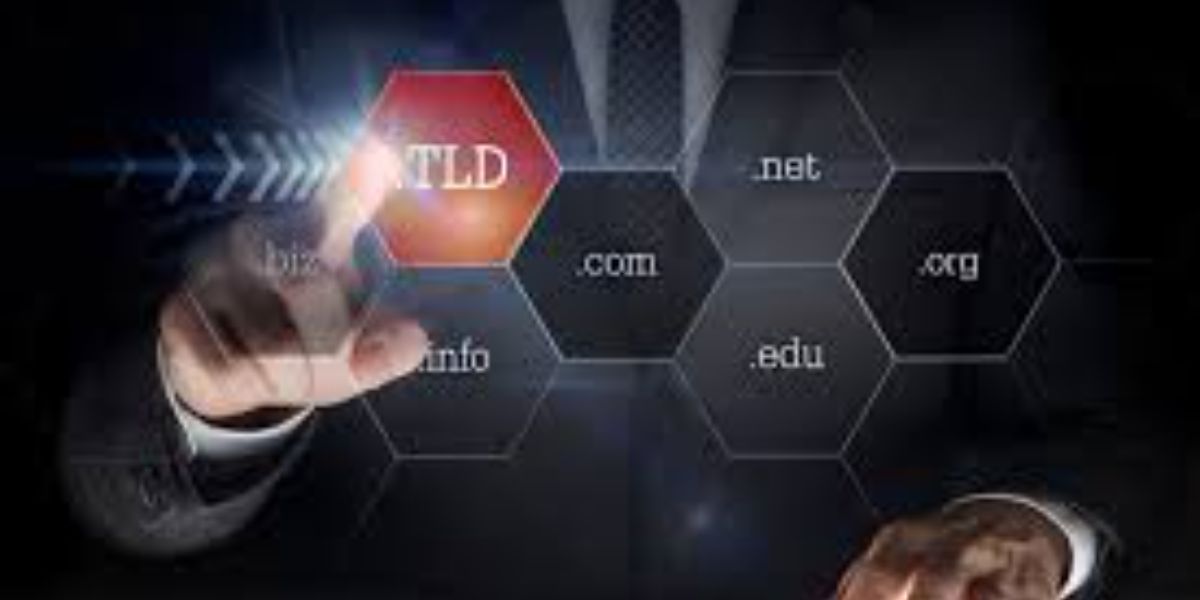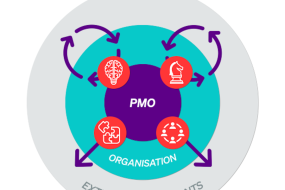
The digital landscape has witnessed a profound evolution, and one aspect that plays a pivotal role in online identity is the domain name. In this comprehensive exploration, we delve into the metamorphosis of second-level domains, unraveling their impact on branding strategies and online presence.
The Genesis of Second-Level Domains
To understand the present, we must trace the roots. Second-level domains (SLDs) emerged as an evolution from the traditional top-level domains (TLDs). Initially, websites were confined to .com, .org, and a handful of others. The introduction of second-level domains opened a new realm, allowing for more customization and specificity in web addresses.
Unveiling the Different Domains
The digital realm is now flooded with diverse domain extensions. From .tech to .blog, each extension carries a unique identity. Businesses moved beyond the generic .com to align their domains with their niche. The shift from a generic TLD to a specialized SLD reflects a strategic move toward brand individuality.
Impact on Branding and Online Presence
The choice of a domain is no longer arbitrary. It’s a strategic decision that significantly influences branding. Let’s delve into the profound impact of this evolution.
Crafting a Unique Identity
In a sea of websites, standing out is paramount. Second-level domains allow businesses to craft a unique online identity, making it easier for users to remember and associate with their brand. This shift has turned domain names into a powerful branding tool.
Elevating Credibility and Trust
Studies show that users tend to trust websites with relevant and specific domain extensions. A .tech domain, for instance, signals a tech-centric focus. This newfound specificity enhances credibility and trust, crucial elements in the digital age.
Navigating the Domain Levels
Understanding the hierarchy of domain levels is essential. From top-level domains like .com to country-code domains like .uk, businesses navigate this hierarchy strategically. We unravel the significance of different domain levels and how they contribute to a robust online presence.
List of Top Level Domains: Beyond the Basics
As the internet expands, so does the list of top-level domains. We go beyond the basics, exploring lesser-known TLDs that can be game-changers for businesses aiming to carve a distinctive digital niche.
Emerging TLD Trends
From industry-specific TLDs to location-based extensions, the TLD landscape is dynamic. We explore emerging trends and how businesses can leverage them to stay ahead in the digital race.
Second-Level Domains: A Strategic Imperative
Why is the choice of a second-level domain critical for business success? We dissect the strategic imperatives of choosing an SLD and how it aligns with overall branding and marketing goals.
Future Trends: What Lies Ahead
The digital sphere is ever-evolving. What can businesses anticipate in the future regarding domain names and online identity? We unveil emerging trends that will shape the future of digital branding.
Domain Evolution: Predictions and Projections
As technology advances, so does the way we navigate the digital landscape. What can businesses expect in terms of domain evolution, and how can they prepare for the changing dynamics?
Final Words
In this intricate dance of digital nomenclature, the shift from .com to .tech signifies more than just a change in address. It’s a strategic move, a statement of identity, and a commitment to a unique online presence. Businesses that understand this evolution will undoubtedly wield a powerful tool in shaping their digital destiny.
Commonly Asked Questions
1. Why should businesses consider moving from .com to a specialized domain?
The transition from a generic .com to a specialized domain, such as .tech, enhances brand identity and credibility. It signals a specific focus, making it easier for users to connect with the brand.
2. Are there any SEO benefits associated with choosing a second-level domain?
Yes, the choice of a second-level domain can positively impact SEO. Search engines often prioritize relevant and specific domain extensions, contributing to improved search rankings.
3. How can businesses navigate the hierarchy of domain levels effectively?
Understanding the hierarchy of domain levels is crucial. Businesses should align their choice of TLD and SLD with their industry and target audience, ensuring a strategic fit.
4. What are the emerging trends in top-level domains?
Emerging trends include industry-specific TLDs, location-based extensions, and the introduction of new generic TLDs. Staying updated on these trends can give businesses a competitive edge.
5. What role do domain names play in shaping a brand’s online presence?
Domain names are more than just web addresses; they are integral to shaping a brand’s online identity. A well-chosen domain can enhance credibility, trust, and overall brand recall.
Advertisement







